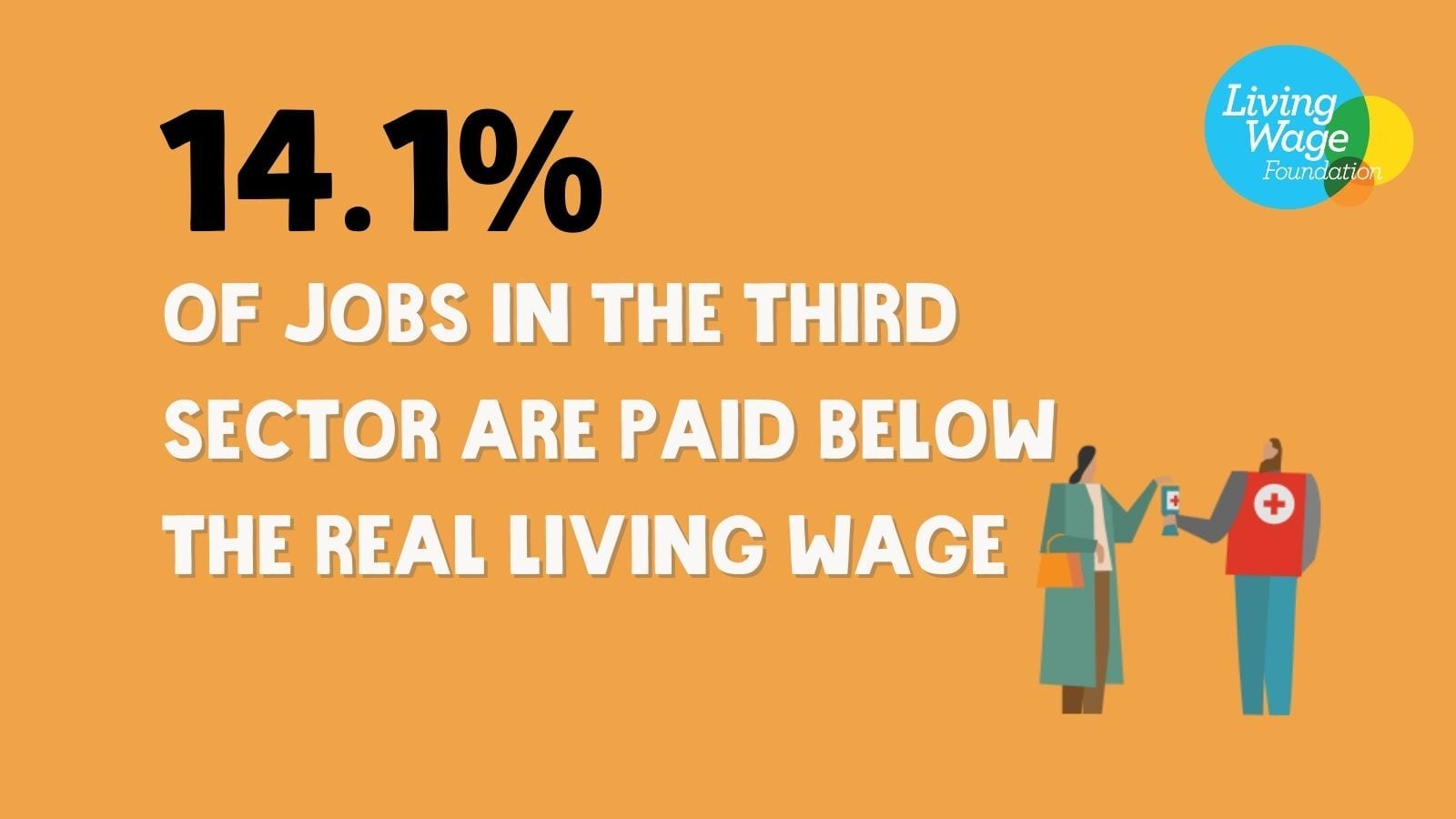
‘All Work Low Pay’, a new report published by Living Wage UK reveals that one in seven third sector employees are paid less than the real Living Wage.
In 2015, People’s Health Trust codeveloped the Living Wage Funders scheme to help end low pay in the voluntary and community sector. The first report researching the extent of low pay was published by Living Wage UK in 2017 and was followed by the publication of an ‘action plan’ in 2018.
People’s Health Trust CEO, John Hume, Chaired the latest report looking at the current state of low pay in the sector. He said:
“This report comes on the back of five years’ work trying to drive up wages in the third sector. Whilst there have been improvements in low pay, it has not been distributed evenly: there remain significant inequalities between the third sector and other sectors, as well as between different groups within the sector.
In short, low pay in the third sector drives worse health outcomes, poorer employee satisfaction and retention and is an issue of equality and inclusivity.”
The new research revealed the percentage of employees receiving below the real Living Wage in the third sector was 14.1 per cent, falling in the middle between the public sector (5.5 per cent) and the private sector (22.1 per cent). This is a slight improvement from 2015 where 16.9 per cent of jobs were paid below the real Living Wage, but low pay is affecting some people unequally.
The research found that factors including gender, disability status, ethnicity, working hours, and age all had an impact on the likelihood of being paid the real Living Wage. Employees aged between 16 and 24 are much more likely to be paid less than the real Living Wage, and people aged 60 and over are also disproportionately impacted by low pay.
People who work part-time hours are also at a much greater risk of being low paid than full time jobs (25.7 per cent compared to 8.2 per cent). This further drives the inequality impacting people in the third sector as women are more likely to work in part-time roles. Overall, women are more likely (16.6 per cent) to be low paid compared to men (10.3 per cent).
More than nine out of ten employees in the third sector are from white backgrounds, and some minoritised ethnic groups within the sector are more likely to be paid less than the real Living Wage. Pakistani and Bangladeshi, and Black African, Black Caribbean and Black British groups all have above average proportions of workers earning below the Living Wage.
Disabled people are also unequally impacted by low pay in the third sector. In 2021, 16.5 per cent of disabled workers earned less than the Living Wage, compared to 13.1 per cent of those who are not disabled.
People’s quality of work and income level directly impact health. People who are unemployed or in low paid jobs are more likely to have physical and mental health issues, as well as higher stress levels and lower self-esteem.
The report demonstrated progress within the third sector towards achieving the real Living Wage for all employees but highlights how existing inequalities are not being tackled. The full report explores the some of the impacts of low pay on employees and the key drivers within the sector contributing to this cycle of low pay.
